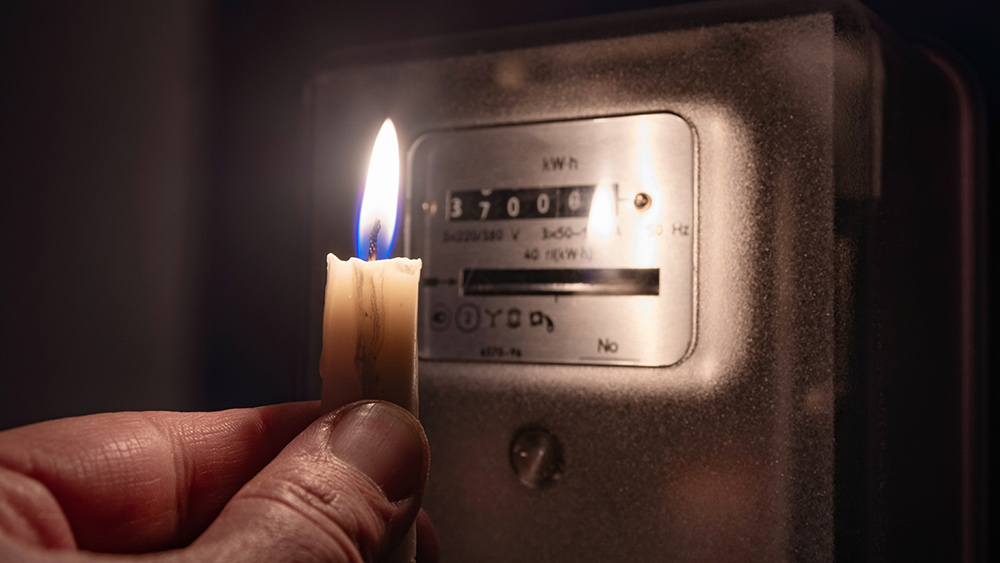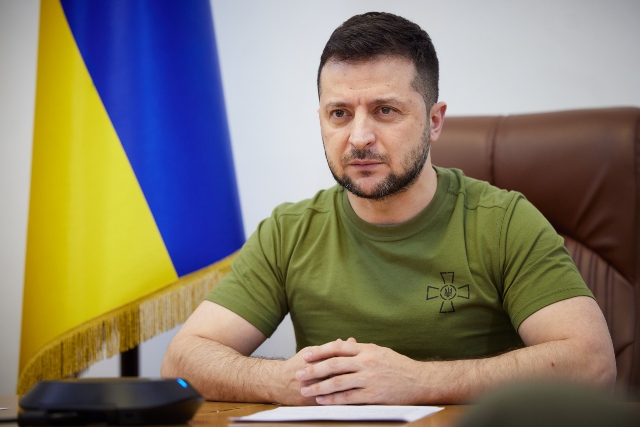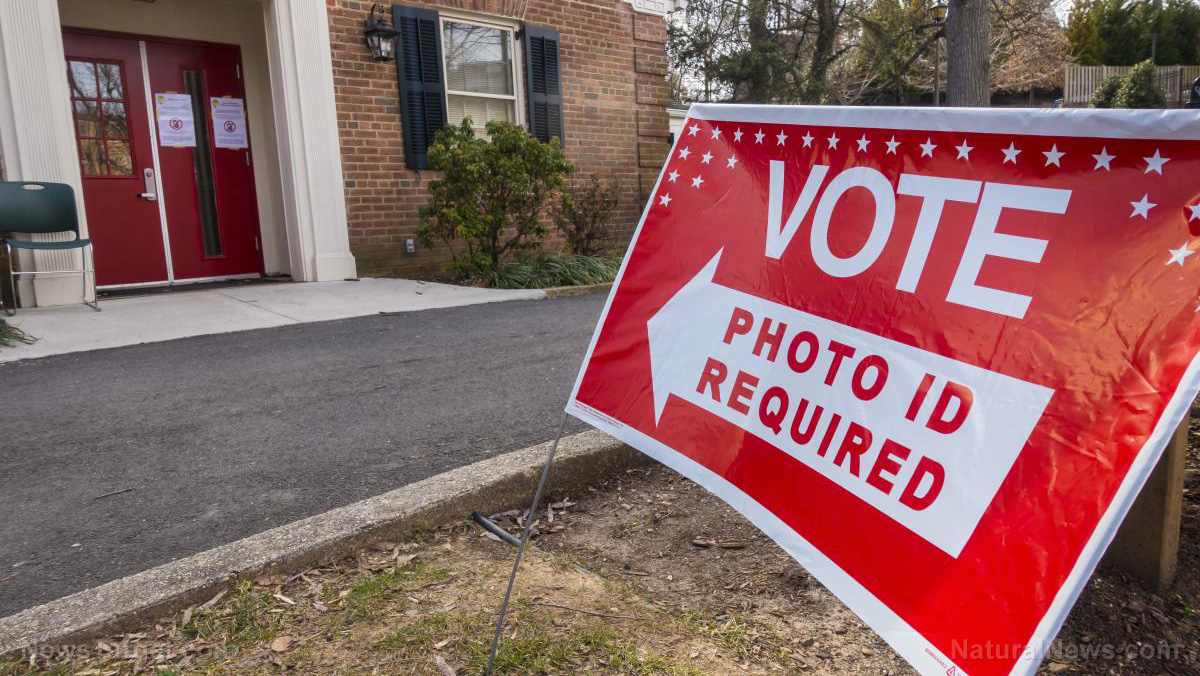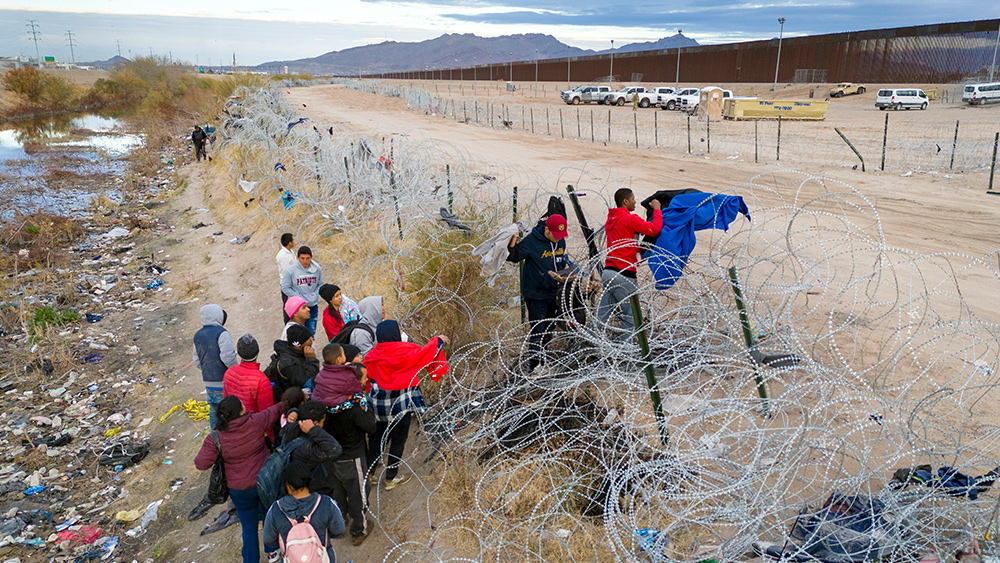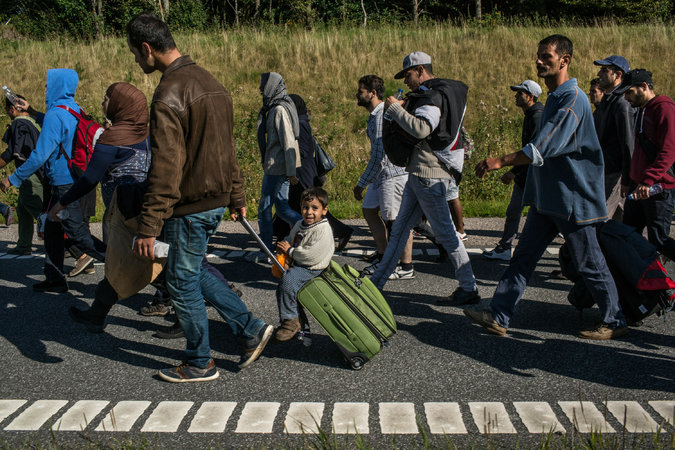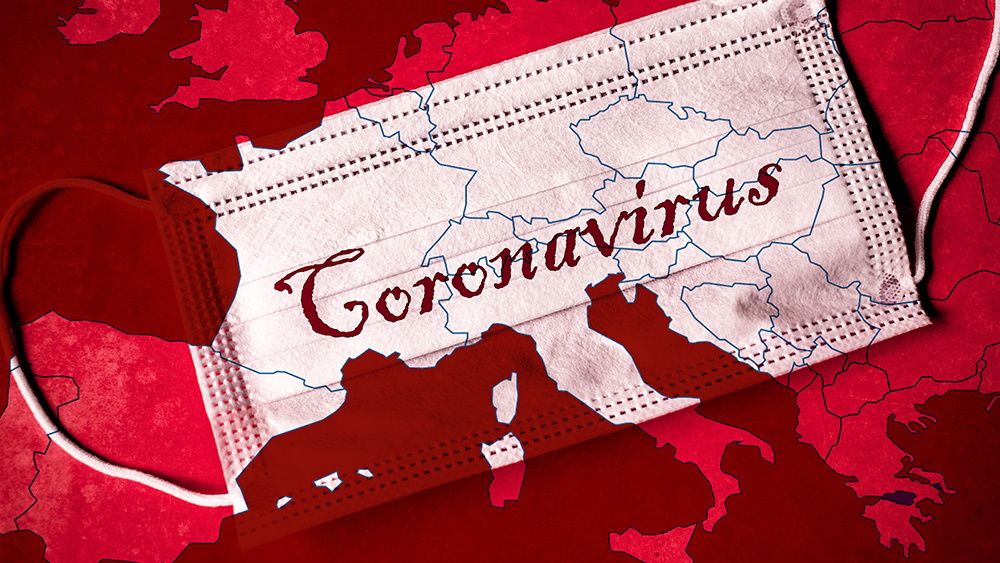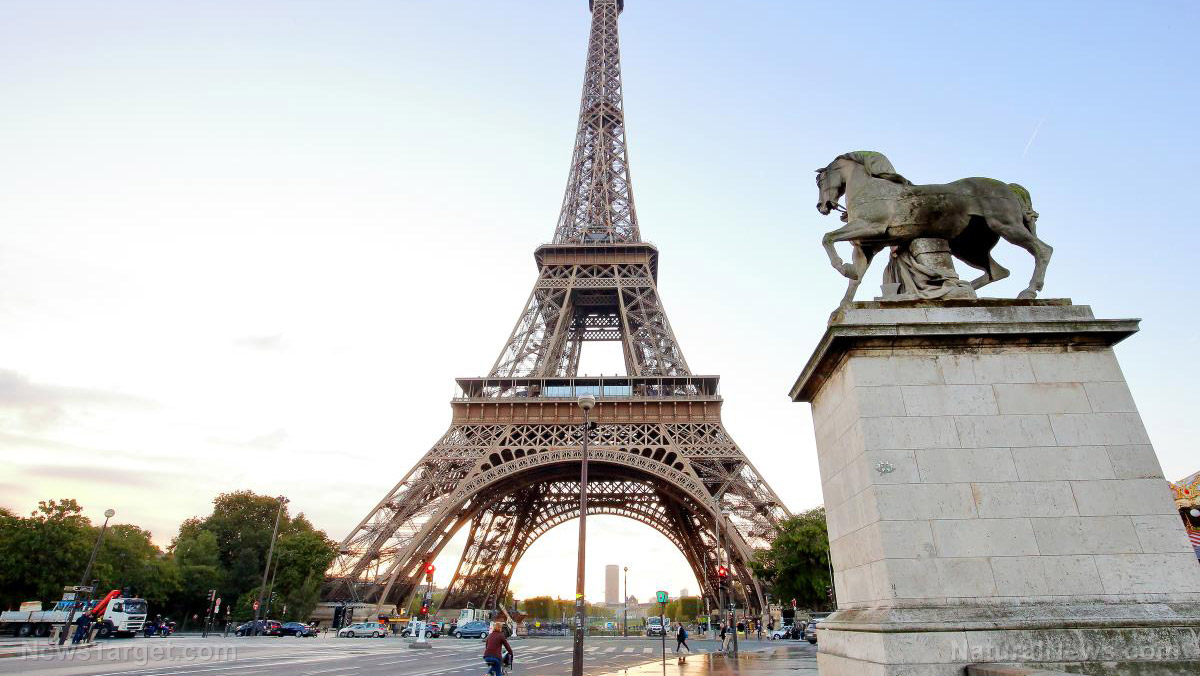IDF demands evacuation that will displace tens of thousands of people in Gaza
07/12/2024 / By Belle Carter
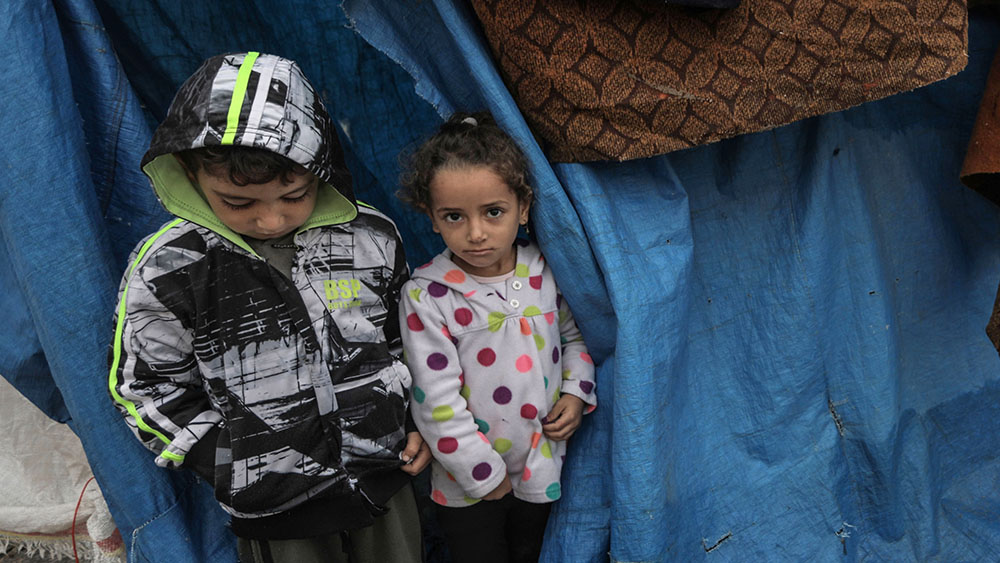
The Israel Defense Forces (IDF) has imposed evacuation orders for hundreds of thousands of people in Khan Younis in the south, Shujaya in central Gaza and several neighborhoods of Gaza City in the north of the Strip.
The total number of displaced people in Gaza has already increased from 1.7 million in May to an estimated 1.9 million now, according to the United Nations, which means that approximately nine out of 10 people in Gaza are now considered internally displaced, many of them multiple times.
“Mass displacement has been predominantly driven by evacuation orders issued by the Israeli military, extensive destruction of both private and public infrastructure, restricted access to essential services and the persistent fear of ongoing hostilities,” the most recent assessment by the UN Office for the Coordination of Humanitarian Affairs (OCHA) indicated.
According to the IDF, evacuation orders are necessary so that civilians don’t get caught up in its renewed operations in areas where Hamas is seeking to reestablish a presence. The IDF insists it goes to great lengths to avoid civilian casualties. Meanwhile, the militant group Hamas has said the evacuations threaten to return negotiations for a ceasefire and hostage deal to “point zero.”
On July 2, a convoy maneuvered inside the Gaza Strip as seen from Israel. But it was unclear how many people followed the latest evacuation order as many civilians are already wary of leaving whatever shelter they have for an uncertain journey to an even more uncertain fate living on the streets or in the overcrowded, unsanitary tent villages that pop up with each evacuation order.
Khader Al Za’anoun, a journalist with Wafa, the official Palestinian news agency, told CNN that people in the Tuffah, Old City and Daraj neighborhoods had been instructed to move to “known shelters in the west of Gaza City.” But he said the large-scale evacuation came amid drone- and air strikes.
“It was terrifying, people were running, some were in wheelchairs, everyone in panic not knowing where to go. The heavy bombardments were close, and the smoke was filling the skies,” Al Za’anoun said after reaching the port area. “I decided to wait until the morning and not move due to the dangerous situation.”
But at dawn, airstrikes targeted a high-rise building close to where he and his family and many other displaced people were taking shelter.
“At that moment, to protect the lives of my family, I decided to leave the place and evacuate to the port area in the west of the city on a journey full of danger,” he said.
OCHA estimates that about 80,000 people were living in the Shujaya area when the order to evacuate came on June 27. A further 250,000 people living in eastern Khan Younis and Rafah were placed under an evacuation order by the Israeli authorities on July 1. On that day, the IDF said that people in 71 residential blocs in eastern Khan Younis and Rafah must immediately move westwards to what it defines as a “humanitarian zone” in Al Mawasi. (Related: Israeli invasion of Rafah under way following evacuation order on 100,000 residents.)
OCHA said the area included medical points, primary health centers and 14 field kitchens, as well as a sewage treatment center. It said the internally displaced “moved toward western Khan Younis and Deir al-Balah, which are already overcrowded and lack basic services, critical infrastructure, shelter materials and spaces to accommodate the new influx of internally displaced persons.”
Evacuation orders wipe out UN’s attempts to improve humanitarian aid deliveries
A senior UN aid official said one of the recent military evacuation orders has “wiped out” the UN’s attempts to deliver humanitarian aid via the Kerem Shalom crossing. Israel’s military announced this month a daily daytime pause in attacks to facilitate the collection of aid from Kerem Shalom, but the UN said the lawlessness means it is still too dangerous.
OCHA head Andrea De Domenico said there had been a lot of discussions with Israel on how to improve the situation.
“We have been engineering a lot of solutions and trying and testing, improving and failing, at times, and now with this evacuation order all this has been, again, wiped out,” he told reporters recently. De Domenico said alternative plans were now blocked by the evacuation order, but he hoped a protection agreement could be reached with the Israeli military for some areas.
UN spokesperson Stephane Dujarric and an Israeli defense official, speaking separately on condition of anonymity, said discussions are underway on various communications options that could be used for humanitarian operations within Gaza.
“As far as the technology itself, I can’t say that it’ll be Starlink or something else. I don’t know yet but we have to find something that we’re comfortable with and that will also help them,” said the Israeli defense official. “There are some security concerns in terms of what Hamas can do with communications equipment.”
On the other hand, Dujarric said the UN just wants communication tools that don’t rely on cell phone towers because “they are not reliable.”
Check out IsraelCollapse.com for updates on Israel’s genocidal war against Palestine.
Watch the video below that talks about a Gazan-displaced family’s current living situation.
This video is from the alltheworldsastage channel on Brighteon.com.
More related stories:
U.S. attempts to justify deadly attack by Israel on displaced Palestinians in Rafah.
Sources include:
Submit a correction >>
Tagged Under:
air strikes, big government, chaos, Dangerous, displacement, drones, evacuation, Gaza, humanitarian aid, IDF, Israel, Israel-Palestine war, national security, Palestine, Palestinians, Rafah, UN, violence, World War III, WWIII
This article may contain statements that reflect the opinion of the author
RECENT NEWS & ARTICLES
COPYRIGHT © 2017 BIG GOVERNMENT NEWS

